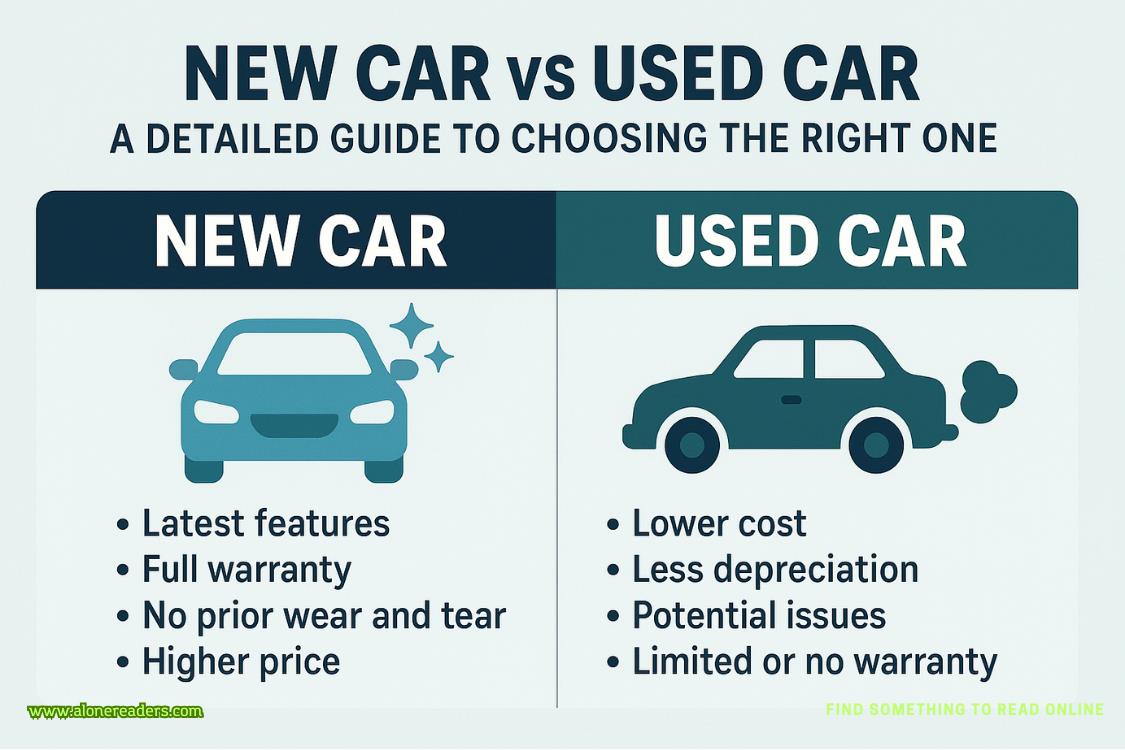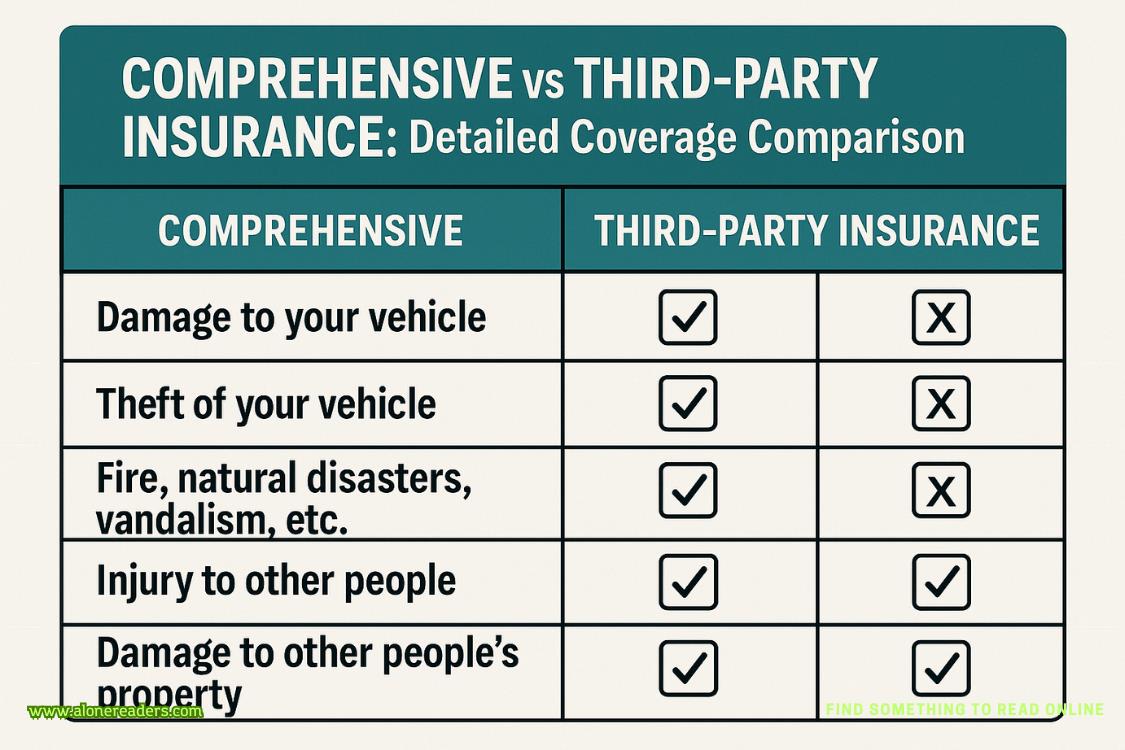Page 72 of Taken
“Full isolation,” he orders, voice rough. “Maximum security protocols. No contact except authorized personnel.”
“She shouldn’t have been able to access magic,” Emerson says, voice shaking. “The dampening fields—”
“Clearly aren’t working.” Creed straightens his jacket, eyes never leaving mine. “Secure her in the null room until transfer. Triple the guards. And find me her handler—Cole. I want to know how this happened.”
Hargen. They’ll hurt him. Because of me.
I try to speak, to warn them away from him, but the sedative drags me under. As darkness closes in, I cling to the afterimage of my vision. Elena, alive and powerful. The woman rising from ashes. Allard—or whoever he truly is—working against the Syndicate.
And me, accessing magic that should be impossible within these walls.
Something has changed. The balance shifts.
My daughter is safe with the Cravens. I can feel it in my bones. And my power, dormant for so long, stirs like a waking beast.
Even through the darkness, I feel something dangerous take root inside me.
Hope.
Chapter 20
Talon
The world should be burning. But it isn’t.
I scroll through reaction reports, squinting at my tablet in the darkened monitoring room. Three days since dragons tore through Seattle’s skyline, and humanity’s response is… underwhelming.
“‘Viral marketing stunt shocks Seattle,’” I read aloud from the Washington Post headline. “Are they serious?”
The analyst beside me nods, dark circles under his eyes betraying his exhaustion despite his smirk.
“Craven Industries’ PR team is claiming it was all an elaborate promotion for some dragon fantasy film one of their subsidiaries supposedly producing. People are actually buying it.” He shakes his head.
“Fucking unbelievable,” I mutter. I scan further down the article. Special effects experts weighing in on the “impressive but obviously digital creatures.” Film industry insiders praising the“innovative guerrilla marketing approach.” Social media debates about ethics versus advertising genius.
“This makes no sense.” I open another report. “Hundreds of witnesses. Dozens of videos. Physical damage to buildings.”
“Movie magic,” the analyst says with a shrug. “CGI. Practical effects. People will believe anything to avoid confronting the impossible.”
I flip to CNN’s coverage: “Seattle Dragon Hoax: How Craven Industries Fooled The Internet.” Then to Fox News: “Liberal Elite’s Latest Distraction: Fake Dragons.”
There’s dissent, of course. Those who are adamant that it all really happened. People who were there. Those who are certain the footage is accurate. But most are being written off as kooks and psychos.
Because dragons aren’t real. They can’t be.
The denial is astounding, almost impressive. Humans desperately clinging to a reality that makes sense, even when confronted with scales and fire and impossible wings.
“Mass delusion,” I murmur. “They’re collectively gaslighting themselves.”
“Works for us.” The analyst taps the screen. “Syndicate leadership’s scrambling to capitalize on it. Pushing ‘expert debunkers’ onto news programs, amplifying skepticism.”
I swipe to footage of cleanup crews at Craven Tower, repairing shattered windows and scorched concrete. The official story: controlled explosions for the “promotional event” that “regrettably exceeded safety parameters.”
“What about verified casualties?”
“Movie stunt gone wrong.” He grimaces. “Tragic accident during filming. Families quietly compensated.”
Convenient. Clean. Almost unbelievable how easily humans rationalize away the extraordinary.















